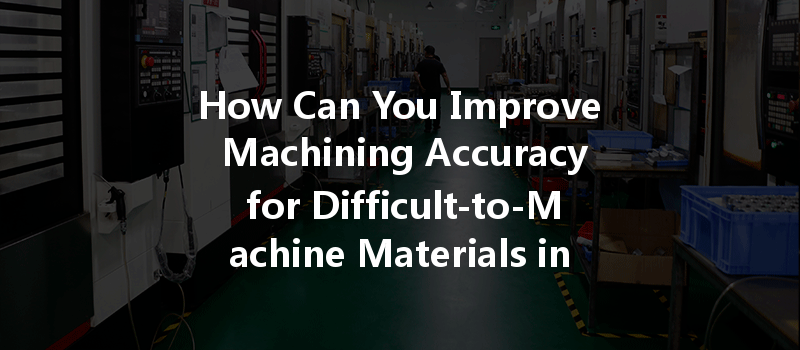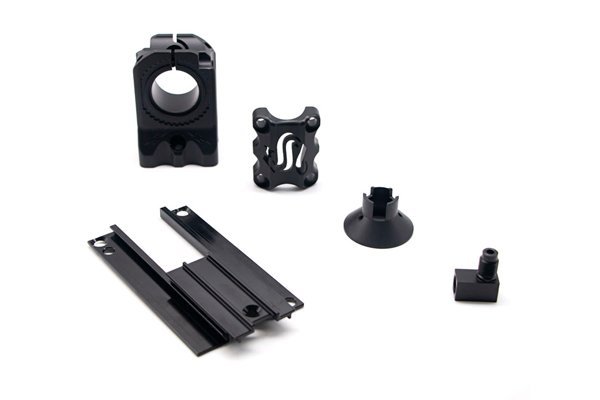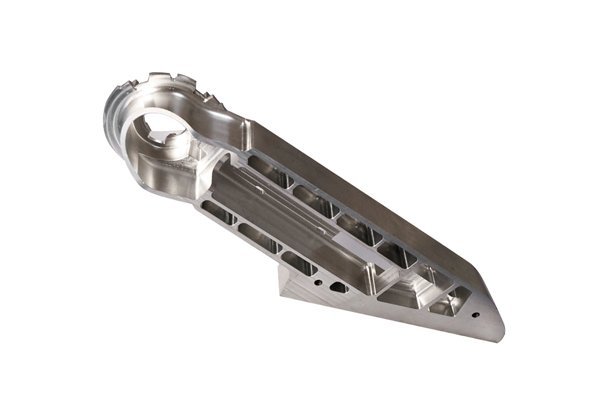Did you know that machining accuracy can be directly impacted by the choice of materials? In fact, intricate parts made from challenging materials can expand production time costs due to difficulties in achieving precise dimensions. As industries continue to evolve, particularly in aerospace and automotive sectors, the demand for high-precision components using five-axis machining technology has skyrocketed. But how do we bridge the gap between complex materials and accurate machining?
Five-axis machining holds significant promise for refining detailed geometries and enhancing surface finishes, yet it often struggles when faced with difficult-to-machine materials such as titanium alloys, high-strength steels, and certain composites. In this comprehensive blog post, we will deeply explore methods to enhance machining accuracy within five-axis operations, focusing specifically on hard-to-machine materials. Through this exploration, we will present proven strategies, cutting-edge technologies, and practical techniques that your operation can adopt for unparalleled accuracy and efficiency.
Understanding the Challenge
What Are Difficult-to-Machine Materials?
Difficult-to-machine materials are generally those that exhibit properties such as high strength, heat resistance, and toughness. Common examples include titanium, Inconel, and certain carbon fiber reinforced polymers. These materials often lead to challenges like wear on tools, longer machining times, and difficulties in obtaining the desired surface finish and tolerances.
Why Is Machining Accuracy Important?
Machining accuracy affects component performance, safety, quality, and operational efficiency. In industries such as aerospace or defense, even a slight deviation in component dimensions could lead to catastrophic failures. Therefore, prioritizing machining accuracy is not just a technical requirement, but also a safety imperative.
Strategies for Improving Machining Accuracy in Five-Axis Machining
Selecting the right tools is crucial when machining difficult materials. Not all cutting tools are created equal, and some are better suited for hard materials.
Factors to Consider:
Adaptive machining techniques are indispensable in achieving precision. These involve adjusting machining parameters on-the-fly based on real-time feedback.
Techniques Include:
The toolpath significantly influences the outcome of machining processes, especially in five-axis systems.
Essential Approaches:
Regular calibration and maintenance of the five-axis machine cannot be overstated in its importance.
Best Practices:

The conditions prevailing during machining play a pivotal role in accuracy.
Considerations:
Investing in state-of-the-art technologies can greatly improve machining accuracy.
Recommended Technologies:
Human factors play a crucial role in machining accuracy.
Approach:
Quality control is essential in monitoring how well the machining process aligns with specifications.
Important Measures:
Case Studies: Success Stories in Five-Axis Machining
Case Study 1: Aerospace Component Manufacturing
A leading aerospace manufacturer faced persistent issues while machining titanium components. They adopted high-pressure coolant systems and implemented rigorous adaptive machining techniques, resulting in a 25% reduction in machining time and a 30% increase in precision.
Case Study 2: Automotive Sector Innovation
In the automotive industry, engineers needed to machine a new alloy. Through the application of new tool geometry and a focus on rest machining, they enhanced accuracy and reduced tool wear by 50%, significantly boosting production rates.
Case Study 3: Medical Device Production
A medical equipment supplier introduced advanced laser-assisted machining to produce intricate surgical components. This innovative approach allowed them to produce more complex shapes with remarkable accuracy, leading to a 15% reduction in waste.
In conclusion, improving machining accuracy in five-axis machining for difficult-to-machine materials is a multi-faceted endeavor involving optimal tool selection, adaptive machining techniques, precise toolpath strategies, and vigilant machine calibration. Companies can leverage advanced technologies and robust quality control measures to produce components that meet the stringent standards required in modern applications.
The importance of this focus cannot be overstated. Achieving accurate machining may very well define the competitive edge of a business within its industry. As the demand for precise, high-quality components continues to rise, investing in methodologies and technologies to enhance machining accuracy is not merely recommended—it’s essential.
Whether you are in aerospace, automotive, medical, or any other sector that relies on nuanced engineering, applying these principles is a step toward not only meeting but exceeding customer expectations. We hope you find this blog valuable and encourage you to share your thoughts or experiences related to improving machining accuracy in the comments below. Your journey toward precision and excellence in machining begins now!






